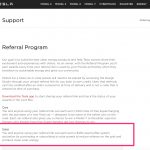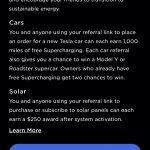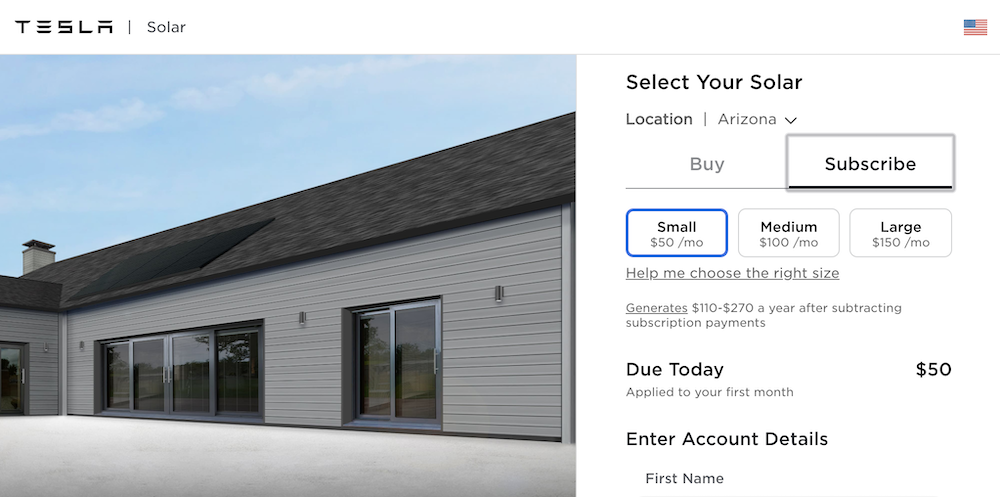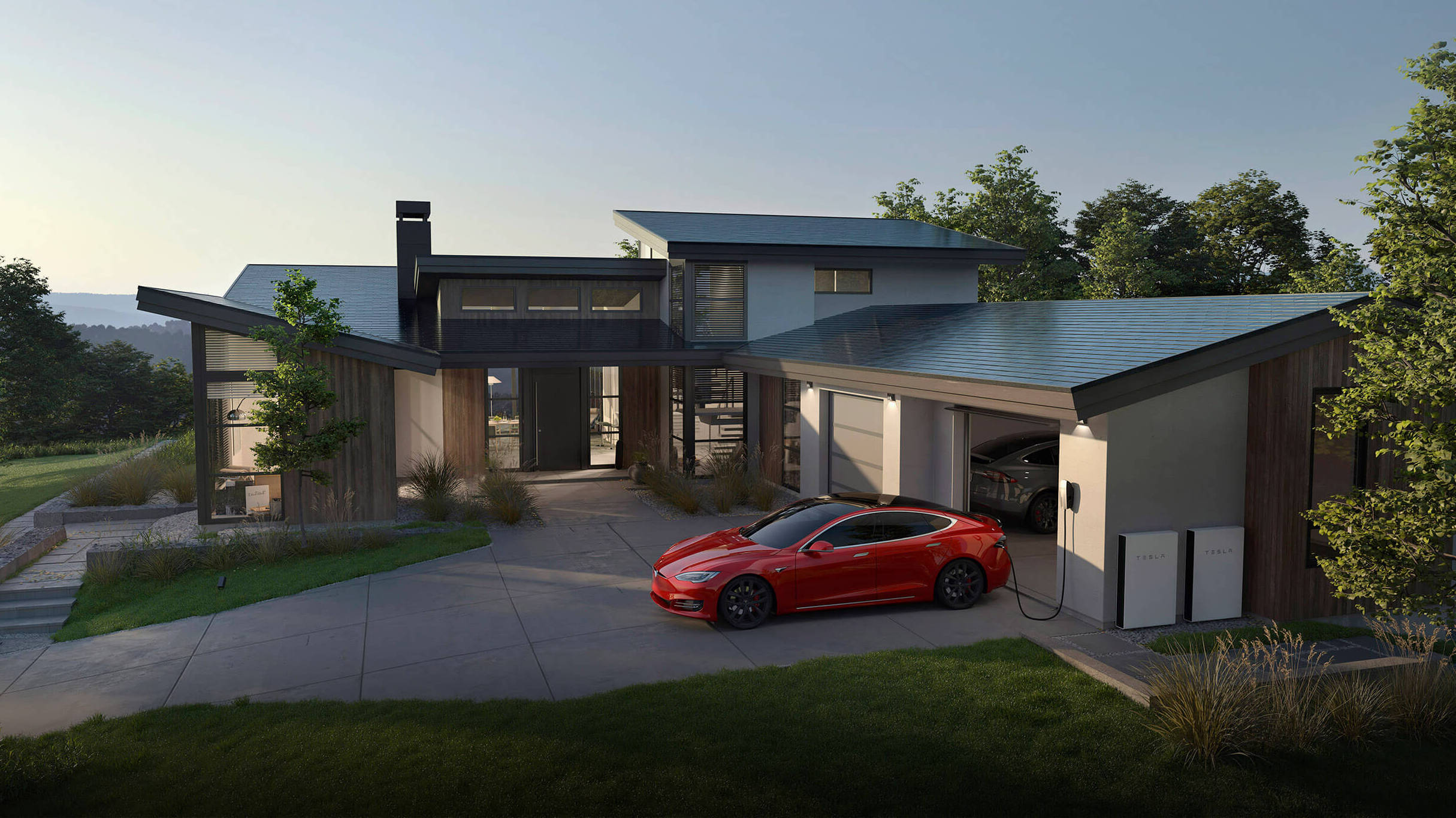
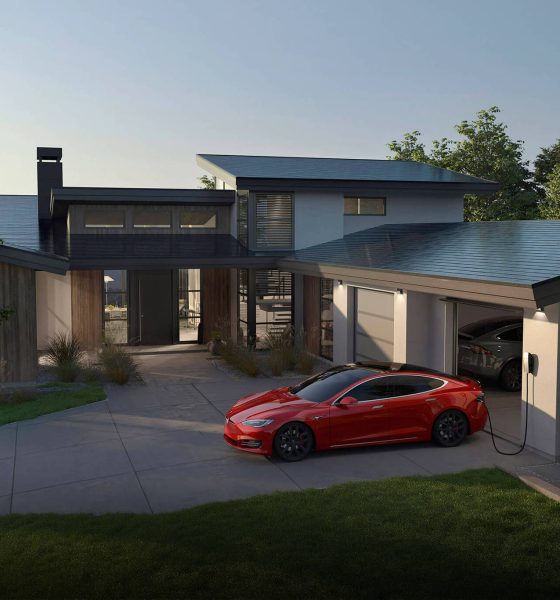
Energy
Tesla is offering Solar customers an incentive in latest referral program update
Tesla is now offering a $250 award to new solar customers who purchase or subscribe to a solar panel system through the company’s referral program. The $250 incentive will also apply to anyone who refers a buyer through a referral link.
“Our goal is to build the best clean energy products and help Tesla owners share their excitement and experiences with others,” Tesla says in its updated referral program page.
For referring customers and their referrals to receive the $250 award, they must place their orders via Design Studio using the referrer’s unique referral link. The award is only applicable to orders placed on or after Oct. 1, 2019.
The referral cannot be credited after the order has been placed or at the time of product delivery. Customers will receive their awards after the solar panel system has been installed and activated.
Tesla’s referral program for solar only includes purchases and subscriptions of its solar panels. At the moment, it does not cover purchases of the Powerwall, Powerpack, or the new Solarglass.
- Tesla offers $250 incentive for Solar panel installations (Credit: Teslarati)
Tesla Solar: Should you buy or subscribe?
Tesla offers a range of options for solar panel customers, depending on the needs and budget of the homeowner.
Buying a solar panel system allows you to choose from a range of four sizes. A small system is most suitable for 1,000 to 2,000-square-foot homes with an average electric bill of $90 to $110 per month. It can generate up to around 14 to 19 kWh per day.
On the other end of the spectrum, a large solar panel system produces an average of 58 to 77 kWh per day. It is best suited for large homes around 4,000 square feet. The price range for buying a solar panel system starts at $7,770 for the small system to $27,750 for the extra-large. This includes installation costs and federal tax incentives.

Homeowners can also opt for subscription solar, which makes it cheaper and easier to make the switch to sustainable energy. Tesla’s one-click subscription program is currently available in six states: Arizona, California, Connecticut, Massachusetts, New Jersey, and New Mexico.
Small solar panel systems in all states except for California are available for $50 per month, medium for $100 per month, and large for $150 per month. California users are charged higher fees of $65, $130, and $195 for small, medium, and large systems respectively. All subscription rates also include installation costs.
Canceling a subscription does not come with a cancellation fee, although Tesla charges a removal fee to cover the cost of removing the panels.
Tesla ramps up Solarglass production
The renewed focus on its solar product follows news of Tesla firing up its production of Solarglass, which Musk unveiled in October last year. The company’s new flagship solar product boasts increased power density, easy installation, better durability, and a lower cost per watt compared to conventional solar panels.
Yes, you can walk on the Tesla Solarglass roof. In stilettos, if you want 😉 https://t.co/6wwKJqmPdr
— Elon Musk (@elonmusk) October 26, 2019
Musk previously announced that Tesla is “spooling up its production line rapidly” in hopes of building 1,000 solar roofs per week by the end of 2019.
The company has yet to make a report of its production numbers in its upcoming Q4 2019 earnings call set for Jan. 29. However, according to its third-quarter report, Tesla managed to deploy 43 MW of solar products, down from 93 MW during the same quarter of the previous year, but 43 percent higher than the number of installations in the quarter prior.
News of Tesla ramping up its solar panel production sparked in April last year, as Gigafactory 2 in Buffalo, NY began hiring for at least three dozen job openings. In August of the same year, Tesla obtained a building permit to build a new testing facility for its solar panels in Fremont, CA.

Energy
Tesla starts hiring efforts for Texas Megafactory
Tesla’s Brookshire site is expected to produce 10,000 Megapacks annually, equal to 40 gigawatt hours of energy storage.
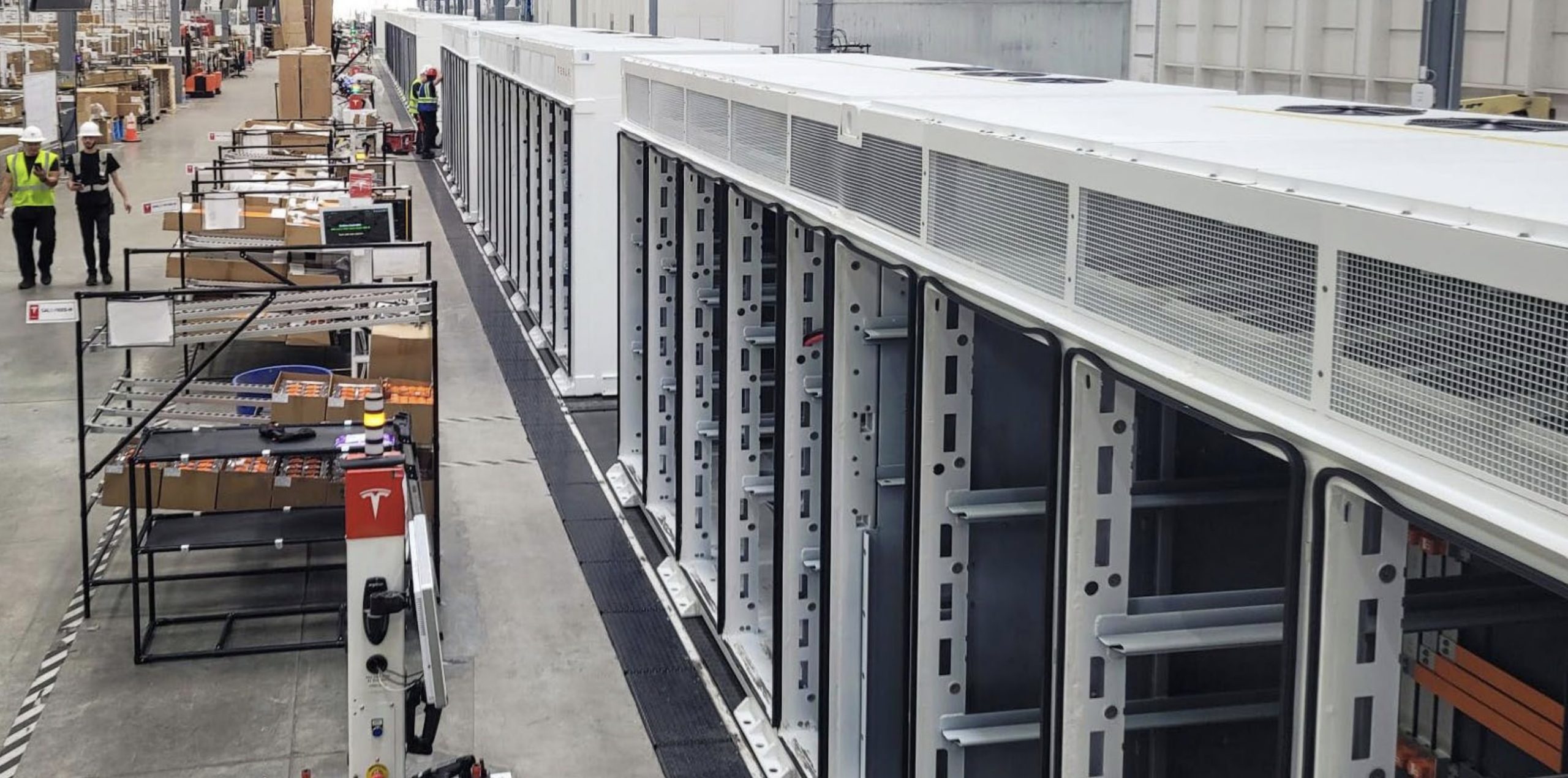
Tesla has officially begun hiring for its new $200 million Megafactory in Brookshire, Texas, a manufacturing hub expected to employ 1,500 people by 2028. The facility, which will build Tesla’s grid-scale Megapack batteries, is part of the company’s growing energy storage footprint.
Tesla’s hiring efforts for the Texas Megafactory are hinted at by the job openings currently active on the company’s Careers website.
Tesla’s Texas Megafactory
Tesla’s Brookshire site is expected to produce 10,000 Megapacks annually, equal to 40 gigawatt hours of energy storage, similar to the Lathrop Megafactory in California. Tesla’s Careers website currently lists over 30 job openings for the site, from engineers, welders, and project managers. Each of the openings is listed for Brookshire, Texas.
The company has leased two buildings in Empire West Business Park, with over $194 million in combined property and equipment investment. Tesla’s agreement with Waller County includes a 60% property tax abatement, contingent on meeting employment benchmarks: 375 jobs by 2026, 750 by 2027, and 1,500 by 2028, as noted in a report from the Houston Business Journal. Tesla is required to employ at least 1,500 workers in the facility through the rest of the 10-year abatement period.
Tesla’s clean energy boom
City officials have stated that Tesla’s arrival marks a turning point for the Texas city, as it highlights a shift from logistics to advanced clean energy manufacturing. Ramiro Bautista from Brookshire’s economic development office, highlighted this in a comment to the Journal.
“(Tesla) has great-paying jobs. Not just that, but the advanced manufacturing (and) clean energy is coming to the area,” he said. “So it’s not just your normal logistics manufacturing. This is advanced manufacturing coming to this area, and this brings a different type of job and investment into the local economy.”
Energy
Tesla and Samsung SDI in talks over new US battery storage deal: report
The update was related by industry sources and initially reported by South Korean news outlets.

Recent reports have suggested that Tesla and Samsung SDI are in talks over a potential partnership to supply batteries for large-scale energy storage systems (ESS).
The update was related by industry sources and initially reported by South Korean news outlets.
ESS batteries to be built at Samsung’s Indiana plant
As noted in a report from Korea JoongAng Daily, the demand for energy storage systems has been growing rapidly in North America, thanks in no small part to the surge in AI investments across numerous companies. With this in mind, Tesla has reportedly approached Samsung SDI about a potential battery supply deal.
The deal is reportedly worth over 3 trillion Korean won (approximately $2.11 billion) and will span three years, according to The Korea Global Economic Daily. A battery supply deal with Samsung SDI could make sense for Tesla as the company already has a grid-scale battery, the Megapack, which is perfect for industrial use. Samsung SDI could simply supply cells for the EV maker.
Production of the batteries would reportedly take place at Samsung SDI’s joint venture factory with Stellantis in Indiana, which is currently under construction. Samsung SDI recently announced plans to use part of that plant’s EV lines to produce cells for ESS, with a targeted capacity of 30 GWh by the end of next year.
Tesla and Samsung’s partnership
At present, only a handful of manufacturers, including Korea’s LG Energy Solution, Samsung SDI, SK On, and Japan’s Panasonic, are capable of producing energy storage-scale batteries domestically in the United States. A Samsung SDI official issued a comment about the matter, stating, “Nothing has been finalized regarding cooperation with Tesla.”
The possible energy storage system deal adds another layer to Tesla’s growing collaboration with Samsung, which is already in line as a partner in the upcoming production of Tesla’s AI5 and AI6 chips. Early sample manufacturing of the AI6 is expected to begin in South Korea, with mass production slated for Samsung’s Texas-based Taylor foundry when it starts operations.
The AI6 chip will power Tesla’s next wave of high-volume projects, including the Optimus humanoid robot and the autonomous Cybercab service. Musk has called the partnership with Samsung a “real collaboration,” adding that he personally plans to “walk the line” at the Taylor facility to speed up progress.
Energy
Tesla VP hints at Solar Roof comeback with Giga New York push
The comments hint at possible renewed life for the Solar Roof program, which has seen years of slow growth since its 2016 unveiling.

Tesla’s long-awaited and way underrated Solar Roof may finally be getting its moment. During the company’s Q3 2025 earnings call, Vice President of Energy Engineering Michael Snyder revealed that production of a new residential solar panel has started at Tesla’s Buffalo, New York facility, with shipments to customers beginning in the first quarter of 2026.
The comments hint at possible renewed life for the Solar Roof program, which has seen years of slow growth since its 2016 unveiling.
Tesla Energy’s strong demand
Responding to an investor question about Tesla’s energy backlog, Snyder said demand for Megapack and Powerwall continues to be “really strong” into next year. He also noted positive customer feedback for the company’s new Megablock product, which is expected to start shipping from Houston in 2026.
“We’re seeing remarkable growth in the demand for AI and data center applications as hyperscalers and utilities have seen the versatility of the Megapack product. It increases reliability and relieves grid constraints,” he said.
Snyder also highlighted a “surge in residential solar demand in the US,” attributing the spike to recent policy changes that incentivize home installations. Tesla expects this trend to continue into 2026, helped by the rollout of a new solar lease product that makes adoption more affordable for homeowners.
Possible Solar Roof revival?
Perhaps the most intriguing part of Snyder’s remarks, however, was Tesla’s move to begin production of its “residential solar panel” in Buffalo, New York. He described the new panels as having “industry-leading aesthetics” and shape performance, language Tesla has used to market its Solar Roof tiles in the past.
“We also began production of our Tesla residential solar panel in our Buffalo factory, and we will be shipping that to customers starting Q1. The panel has industry-leading aesthetics and shape performance and demonstrates our continued commitment to US manufacturing,” Snyder said during the Q3 2025 earnings call.
Snyder did not explicitly name the product, though his reference to aesthetics has fueled speculation that Tesla may finally be preparing a large-scale and serious rollout of its Solar Roof line.
Originally unveiled in 2016, the Solar Roof was intended to transform rooftops into clean energy generators without compromising on design. However, despite early enthusiasm, production and installation volumes have remained limited for years. In 2023, a report from Wood Mackenzie claimed that there were only 3,000 operational Solar Roof installations across the United States at the time, far below forecasts. In response, the official Tesla Energy account on X stated that the report was “incorrect by a large margin.”
